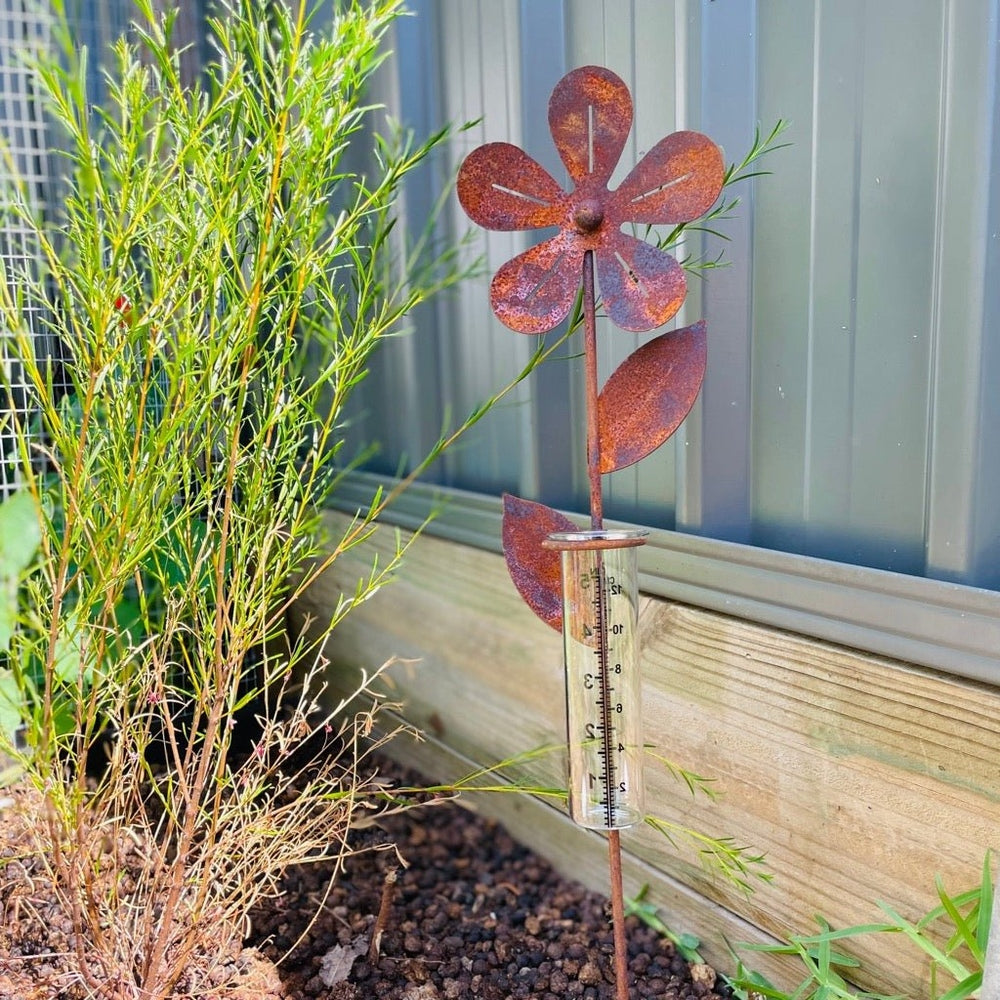Why Every Homeowner Ought To Think About Purchasing a High-Accuracy Rain Gauge
Why Every Homeowner Ought To Think About Purchasing a High-Accuracy Rain Gauge
Blog Article
Revealing the Science Behind Rainfall Determines: How These Devices Play a Critical Duty in Climate Research Study and Environmental Monitoring
Rain gauges, relatively simple devices, hold an extensive value in the world of environment research study and ecological surveillance. These simple instruments quietly collect one of nature's most important aspects-- rains. Yet, behind their unpretentious exterior exists an intricate science that is vital for comprehending the characteristics of our setting. As we peel back the layers of this clinical shroud surrounding rainfall evaluates, we reveal a globe where precision, data accuracy, and careful observation converge to unveil a deeper understanding of our altering climate and its influence on the world.
Importance of Rainfall Gauges
Rain evaluates play a vital role in surveillance and gauging rainfall degrees, supplying necessary data for climate research and evaluation. These gadgets are fundamental in evaluating the quantity of rains that occurs in a particular location over a particular period. By gathering and gauging rainwater, rainfall assesses deal beneficial insights right into the circulation and strength of precipitation, helping meteorologists, hydrologists, and climatologists in comprehending climate patterns and patterns.
Additionally, long-term information collected from rainfall determines helps in analyzing climate change impacts and patterns, adding considerably to clinical research study and decision-making procedures. In essence, rain assesses serve as vital devices in the field of weather forecasting and environmental scientific research, playing an essential function in progressing our understanding of climate and climate characteristics.
Sorts Of Rainfall Gauges

Functionality and Procedure
In the world of environment research study and atmospheric studies, the performance of rain determines hinge on their complex capability and precise operational mechanisms. Rainfall determines are developed to properly gauge the quantity of rainfall that tips over a certain location during a set period. These devices normally include a channel that accumulates rainwater and channels it right into a determining tube. The gauging tube is noted with calibrated dimensions that enable the specific quantification of rainfall.
The capability of rainfall evaluates is based upon the concept of gauging and gathering rain in a standardized manner. This gathered data is crucial for understanding neighborhood weather condition patterns, tracking lasting climate patterns, and analyzing environmental effects. To make sure accurate measurements, rainfall assesses need to be tactically put in open areas away from blockages such as structures or trees that could disrupt the collection procedure.
The functional element of rainfall evaluates includes regular maintenance to stop particles build-up, calibration checks to click reference keep dimension precision, and information taping for analysis (rain gauge). In general, the functionality and operation of rain gauges are essential for collecting dependable precipitation data important to environment study and ecological monitoring
Function in Climate Research
Offered the vital relevance of exact precipitation measurements in recognizing climate patterns and ecological influences, the duty of rainfall assesses in environment study is vital. Rain evaluates offer essential data for environment research study by measuring the quantity of precipitation that tips over a particular area during a provided period. This information is vital for checking long-lasting trends in rainfall patterns, examining the influence of environment modification on rainfall circulation, and boosting climate designs.

Environment scientists make use of information gathered from rainfall determines to analyze variants in rainfall degrees, determine local environment fads, and assess the efficiency of water source administration approaches. By contrasting historic rainfall data with present dimensions, scientists can detect changes in rainfall patterns, such as changes in the frequency or intensity of rainfall events. This info is crucial for comprehending exactly how environment adjustment is affecting precipitation characteristics and can assist policymakers make educated choices relating to adaptation and reduction methods.
Applications in Ecological Monitoring

In flooding forecasting, rainfall gauge data aids to track rains strength and circulation, allowing authorities to release timely cautions and take required actions to mitigate flooding dangers (rain gauge). Drought surveillance counts on rain gauge information to examine wetness degrees in the dirt and track rainfall shortages, helping in the recognition of drought-prone areas and the implementation of drought response techniques
Moreover, rainfall gauge information plays a vital role in water source management by providing information on water accessibility and use patterns. Furthermore, in farming, rain scale data assists farmers in optimizing watering routines, crop selection, and general farm administration techniques based on local precipitation patterns.
Verdict
Finally, rain evaluates are important tools for measuring precipitation, giving valuable information for environment research and ecological tracking. With numerous types and functionalities, Read More Here rainfall assesses play a vital role in recognizing rainfall patterns and their effect on the atmosphere. By precisely determining rainfall, these gadgets add to the innovation of clinical expertise and aid in making notified choices pertaining to water source administration and catastrophe preparedness.
Rain assesses play a crucial function in surveillance and gauging precipitation levels, supplying vital data for environment study and evaluation. The common rain scale, known as the "tipping container" gauge, is one of the most commonly made use of tools. Ultrasonic rain gauges use audio waves to find the existence of rain, supplying real-time information on precipitation degrees.Climate researchers use data collected from rain assesses to examine variations in rainfall degrees, identify local climate trends, their website and examine the efficiency of water resource administration methods.In verdict, rain evaluates are vital tools for measuring rainfall, offering valuable data for climate research and ecological surveillance.
Report this page